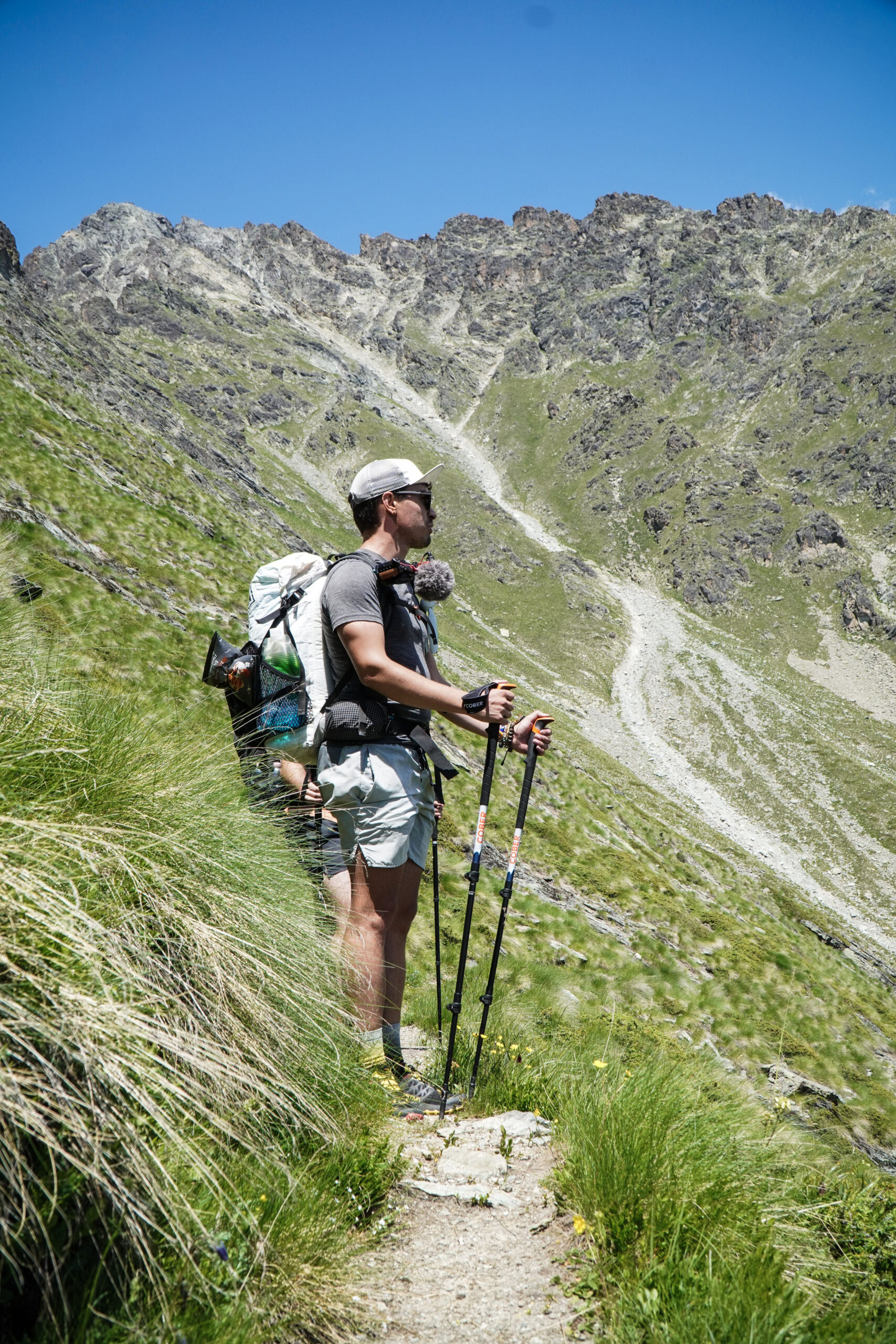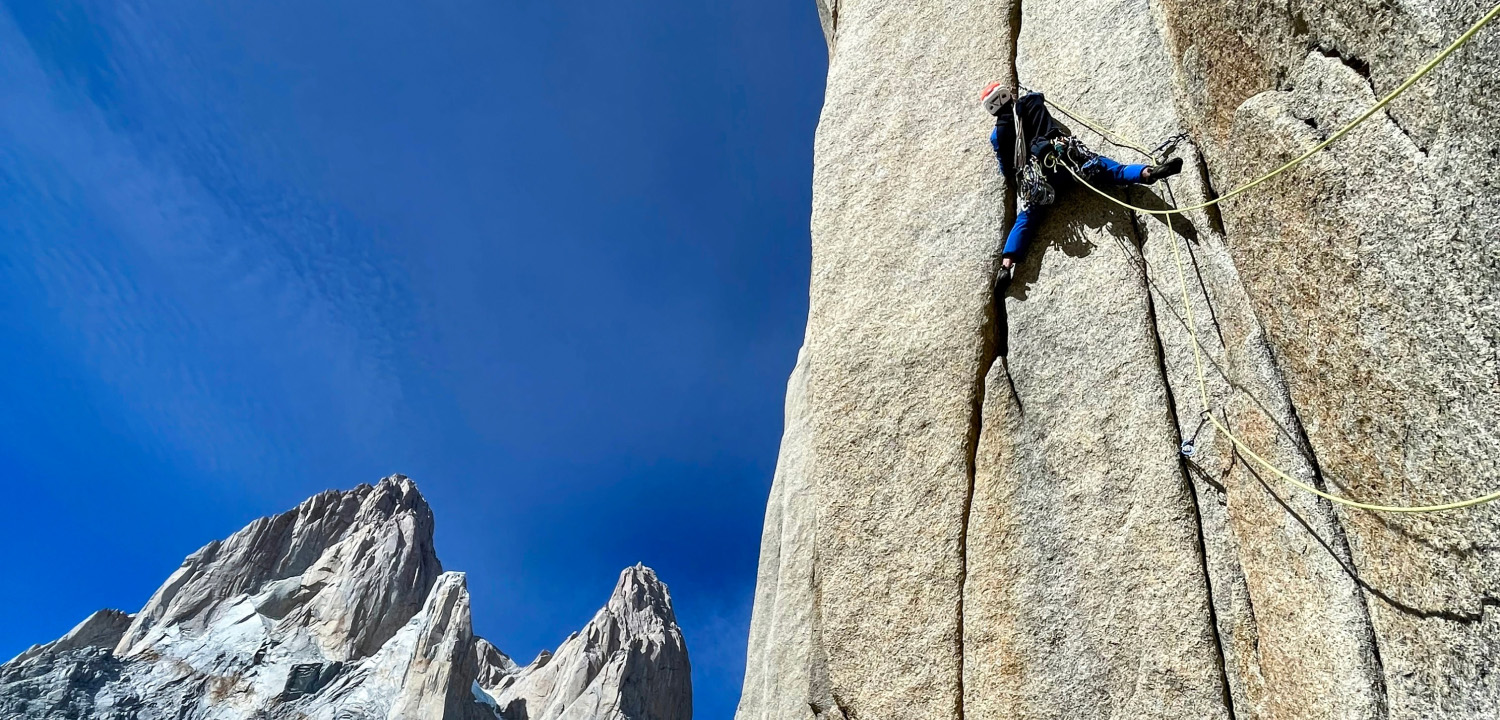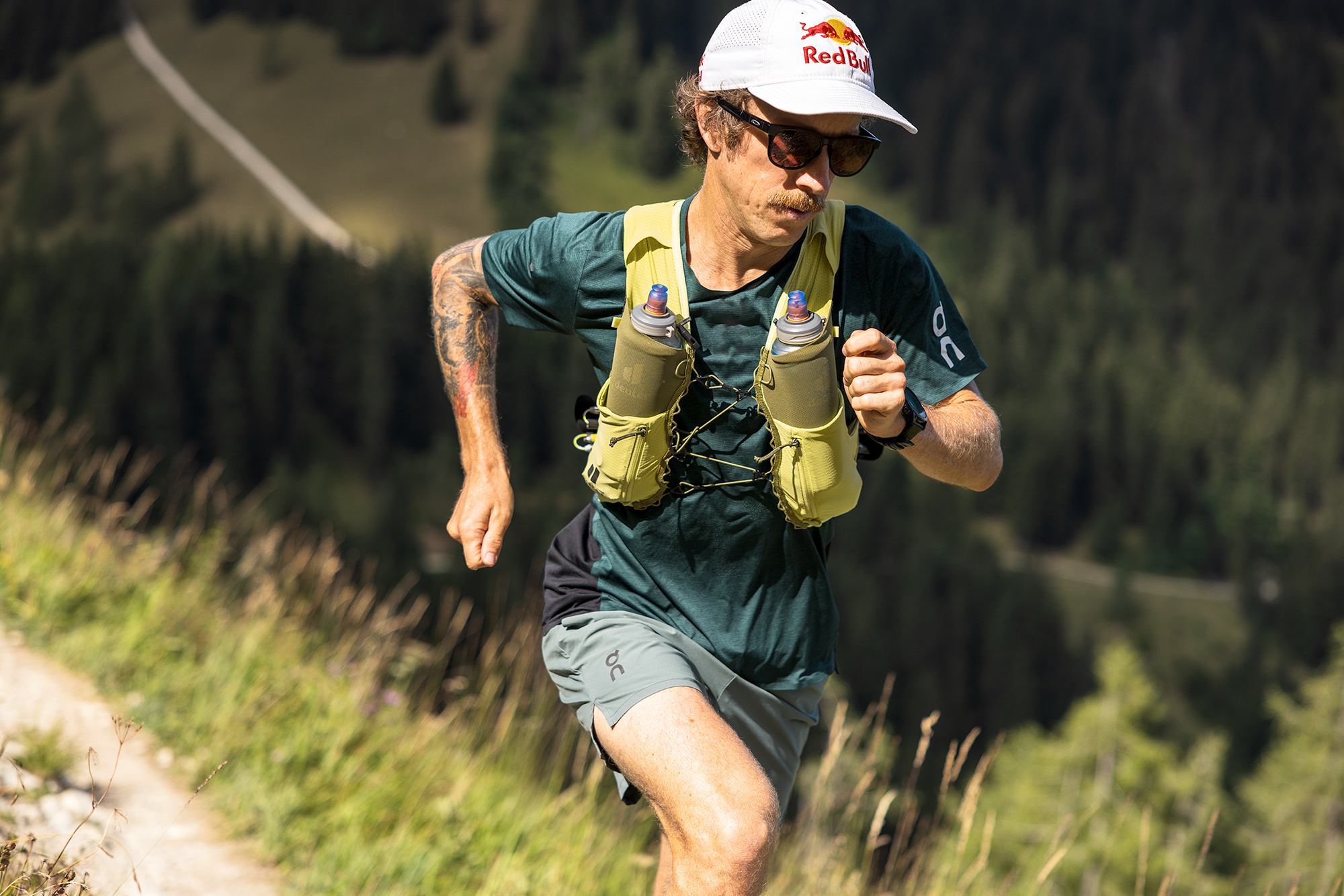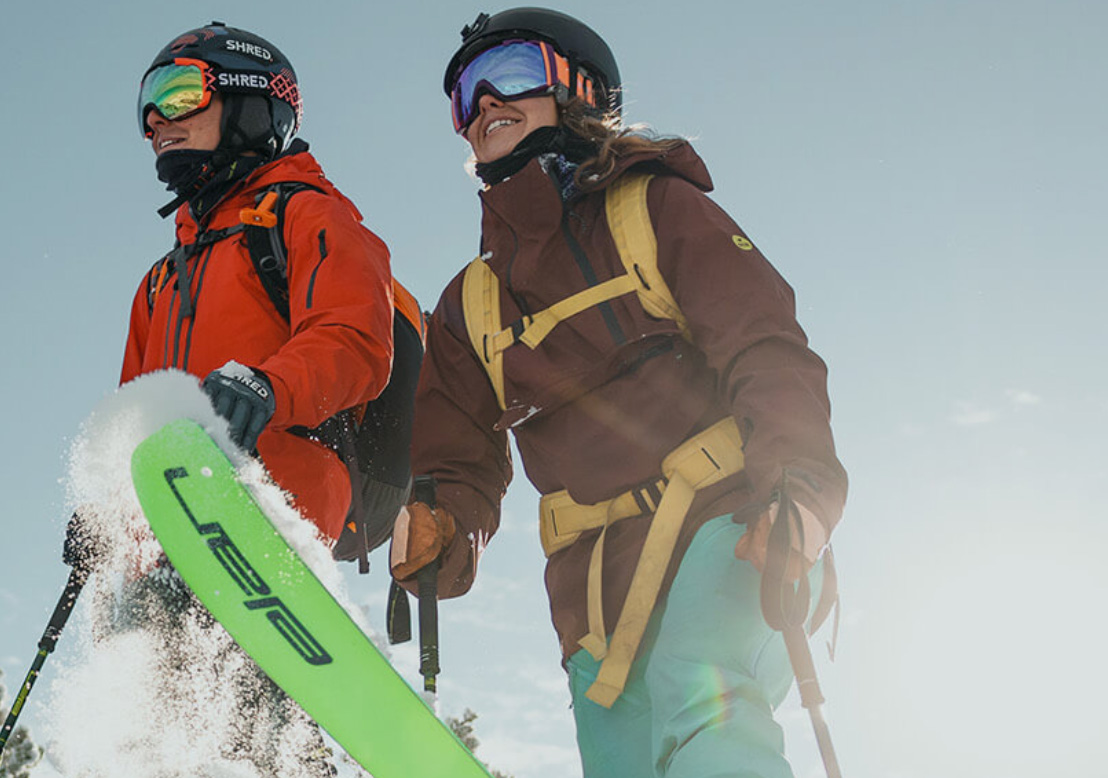The three must-have products for your first walk

Proper physical preparation and equipment are two of the fundamental aspects when setting off on your first walk. Stefano Marchi, an experienced walker and author of a YouTube channel dedicated to his walks, tells us what are the three materials not to be mistaken about when deciding to set off.
Walking is a personal experience that puts us in touch with nature, landscapes, but most of all with ourselves. According to a study by Terre di Mezzo Publishers, a leader in route and walking guides, more and more people are attracted to this practice. In fact, in 2022, there were eighty-six thousand users in Italy registered on their portals, compared to sixty thousand in 2021. Whatever the reason for departure, one common point affects all walkers: physical commitment. Dedicating one’s body to such constant exercise for an average of eight days-again according to the same study-can prove to be as satisfying an undertaking as it is exhausting. Having good allies in the materials that accompany the path can be a winning strategy. We asked Stefano Marchi for advice on what were the three must-have materials for a novice walker.


The Shoes
“The first rule I learned the hard way: never, ever leave with new shoes” Stephen tells us. Regardless of the length of the walk, whether it is a single weekend or a whole month, shoes must be comfortable and already broken in. Stefano goes on to explain that “What is just a minor annoyance on a day hike can turn into a bigger problem day after day, such as blisters and joint pain.”
If you are wondering what shoes are appropriate for this type of experience, whatever the length of the trail, we recommend hiking and fast hiking mountain shoes. Sturdy, stable, and with a sole suitable for unpaved terrain. The new models incorporate solutions derived from trail running, so they will be more cushioned, lightweight and most importantly comfortable. If you are fit and have a backpack that is not too heavy, even a low shoe will do. If you prefer wider protection, we recommend midcut shoes, which cover the malleolus.
The backpack
Are you planning to tackle your first walk with your office backpack or the old Invicta you used in high school in the 1980s? There are people who run marathons in Crocs, so almost anything can be done.
But the reality is a little different, as Stephen explains,“For a walk you need a hiking and trekking backpack. The most important thing is that it is comfortable on the shoulders and well adjusted. Whether you buy it new or borrow it, adjust it with great care by following one of the many tutorials on the net and try to simulate load and adjustment on a few hikes before you leave. You cannot imagine how many people I have seen abandon a walk because of abrasions caused by shoulder straps or because of back pain. Usually, if there is a lanyard or buckle there is also a reason to fasten and adjust them“.
The recommended volume for a walking backpack is between 25 and 35 liters, so that you have plenty of room for essentials but not too much room to indulge in unnecessary things that add to the total weight. An external water bottle pocket, pole attachments and a pocket on the belly band are very useful accessories.
Chopsticks
The traditional wooden pilgrim’s staff is called a bordone. It is tall, heavy, and was used to keep dangerous animals away and hook the gourd with water. Nothing useful in the third millennium.
“During a walk, poles are an indispensable accessory, leaving without one is not an option,” Stefano Marchi further explains. “The benefits are different. They help maintain balance with the backpack, particularly on the more technical and downhill trails, easing the load on the joints. They reduce uphill fatigue because the arms can contribute to the push. Most importantly, they help to keep the arms active by engaging them in walking, and to open the rib cage by improving breathing“.
There are four characteristics of a walking stick. Lightness, so as not to fatigue the arms or increase the weight of the backpack when not in use. Robustness, which is why aluminum is the ideal material over the lighter but more fragile and expensive carbon. Foldable, so they can be clipped to the backpack when not in use. But most importantly, with a comfortable hiking or trekking grip, because that is where your hands will be for many hours a day. Like the Moss poles from Cober, a leading Italian brand, which are sturdy and stable thanks to their aluminum tube and double locking lever.

Cober Moss
Specifications
Made with a combination of Ergal tubing, a lighter aluminum alloy for equal strength, and Alu 5083, for a total weight of only 297 grams. Three-piece construction with innovative CamLock closure provides reliable stability combined with 110 to 140 centimeters of travel. The handle solution includes a comfortable foam knob that extends over the tube and a soft neoprene loop. Moss comes with 50mm caster and rubber protection to put on the toe box during stretches on asphalt and compacted soil.
Length: 110 > 140 cm
Tube: alu 7075-5083
Diameter: 18 – 16 – 14 cm
Knob: long foam
Handrail: neoprene
Wheel: 50mm + rubber protection
Tip: widia
Weight: 279 gr.




